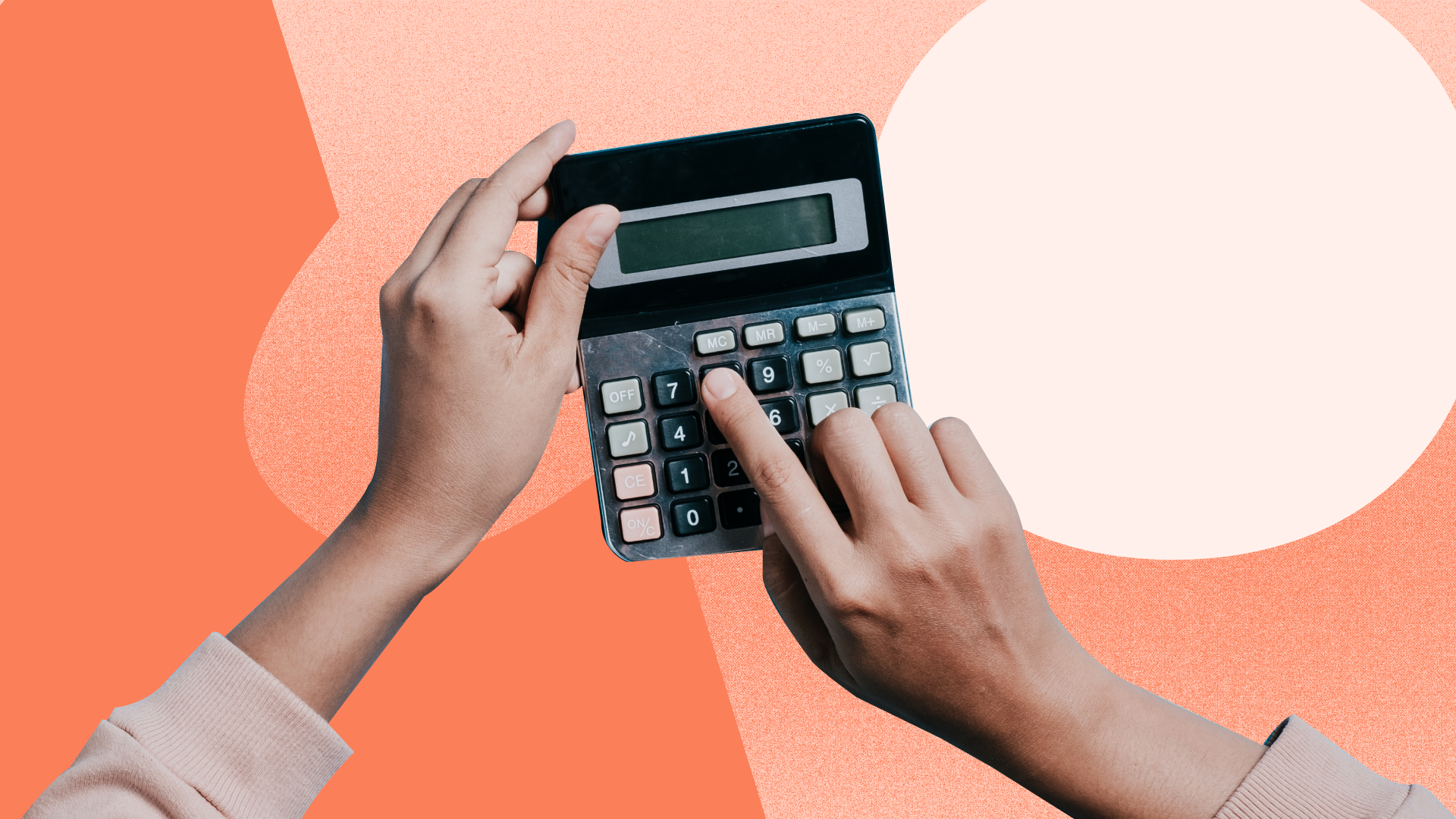Chances are, every two weeks or so you receive a pay stub and likely don’t even glance over it. After all, it’s just money in your bank account, right? Well, in this article we’re going to delve into the world of paystubs, also known as a payslip or a wage slip.
First: what is a pay stub? A paystub is an itemized statement that an employee receives showing their gross wages, taxes withheld from the paycheck, deductions for benefits such as health insurance or retirement savings, and net pay. Essentially, it breaks down your total compensation into different components, allowing you to see how much you earned and what deductions were taken.
Why is a Pay Stub Important?
In an era of online payroll, when your paycheck hits your bank account automatically, it may seem like a pay stub is outdated. But in reality, a pay stub continues to be an important document for employees and employers alike. A pay stub is particularly important for three reasons:
Tracking Your Tax Liabilities: A pay stub can be used to track your tax liabilities and ensure that you are compliant with federal, state, and local tax laws. A pay stub helps to keep track of the various deductions taken from your paycheck, such as taxes, health insurance premiums, and retirement contributions. For an employee, it can help to ensure that the correct amounts are being withheld to plan and budget accordingly. For an employer, it may be essential for compliance with certain state laws.
Documenting Your Employment History: Your pay stubs serve as a documentation of your earnings history and the duration of your employment, which is important for future reference. It can serve as a proof of income in the event of a wage dispute, applying for a loan, or renting an apartment.
Resolving Discrepancies: Finally, pay stubs are handy if you need to resolve any questions about your pay. It’s a resource to track your payments and identify any errors or missing checks.
How to Read Your Pay Stub
To read your pay stub, start by looking at the top section where your personal information, such as your name and address, is displayed. Next, you'll typically find your pay period dates, which indicate the timeframe for which the pay stub is issued. Then, you’ll see the three most important sections of the pay stub:
Gross Wages: The next section usually displays your gross wages, which is the total amount of money you earned before any deductions. It may also show your regular pay rate and the number of hours worked during the pay period.
Deductions: Following the gross wages section, you will find deductions, which are amounts withheld from your wages for taxes, benefits, or other purposes. Common deductions include federal and state taxes, Social Security, Medicare, health insurance premiums, and retirement contributions.
Net Pay: After the deductions, you'll see the net pay section, which shows the amount of money you actually take home after all deductions have been made.
It's important to review your pay stub regularly to ensure that your wages and deductions are accurate. If you have any questions or notice any discrepancies, reach out to your employer for clarification. Remember, understanding how to read your pay stub is crucial for keeping track of your earnings, verifying the accuracy of your pay, and resolving any issues that may arise.
Are Employers Required to Provide a Pay Stub?
Many states require employers to issue wage statements (pay stubs) to their employees. The specific requirements may vary depending on the jurisdiction and applicable labor laws. Even when pay stubs are optional by law, many employers choose to provide payslips as a best practice to promote transparency.
Pay stubs serve as a detailed breakdown of an employee's earnings and deductions and are important for both the employer and employee. They provide transparency and help ensure accurate payment and compliance with labor laws. But more than that, knowing how to read and interpret your pay stub can allow you to have a clearer picture of your financial situation. Remember, your pay stub is more than just a piece of paper (or a message in your inbox), it’s a valuable tool to help you manage your finances effectively.
Justworks Can Help
Justworks helps employers pay their teams, either with our all-in-one payroll and benefits solution, Justworks PEO, or with our lightweight, streamlined payroll product, Justworks Payroll. Employees can easily view their pay stubs in the Justworks platform on desktop or in the mobile app, making it easy to view your payment information on-the-go. Learn more about Justworks.
Learn more with Justworks’ Resources
Scale your business and build your team — no matter which way it grows. Access the tools, perks, and resources to help you stay compliant and grow in all 50 states.







